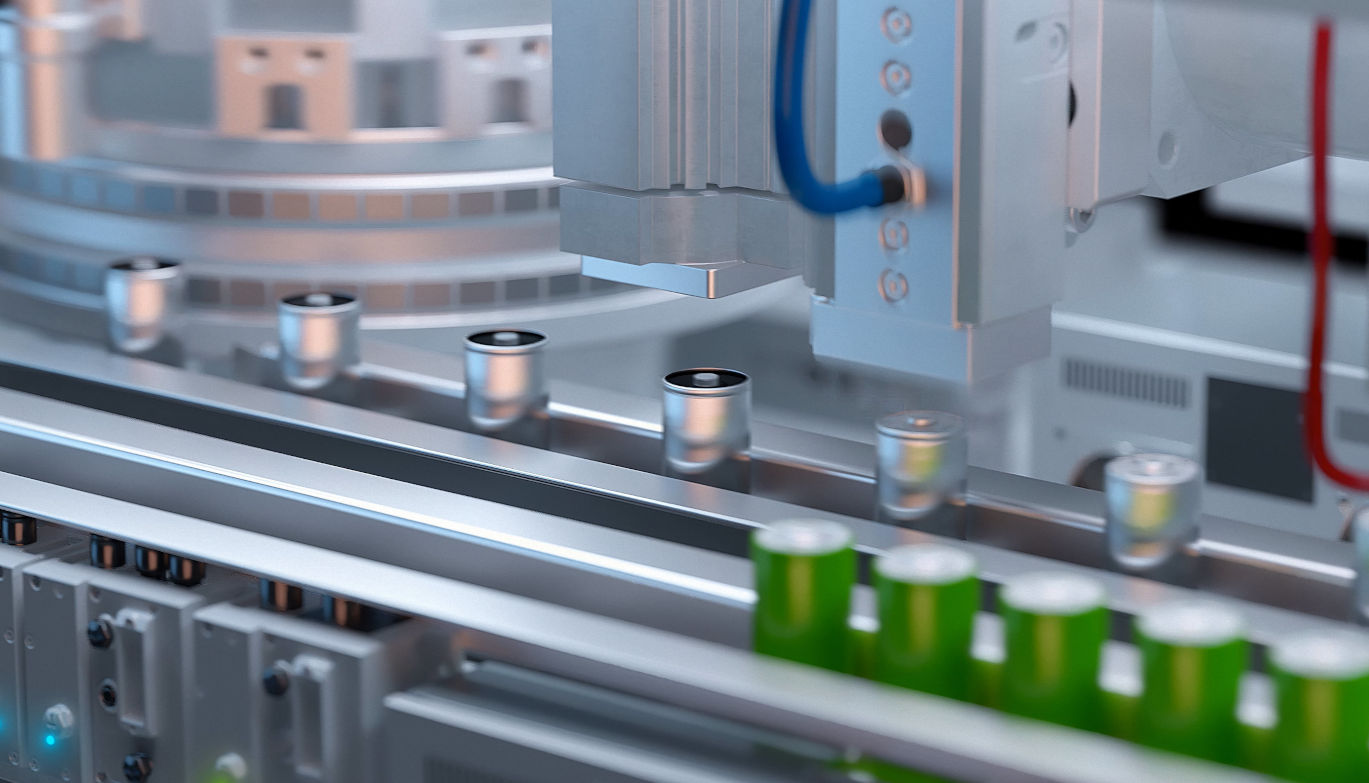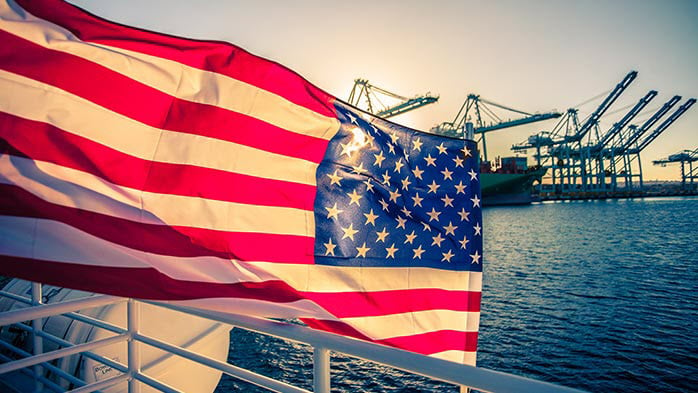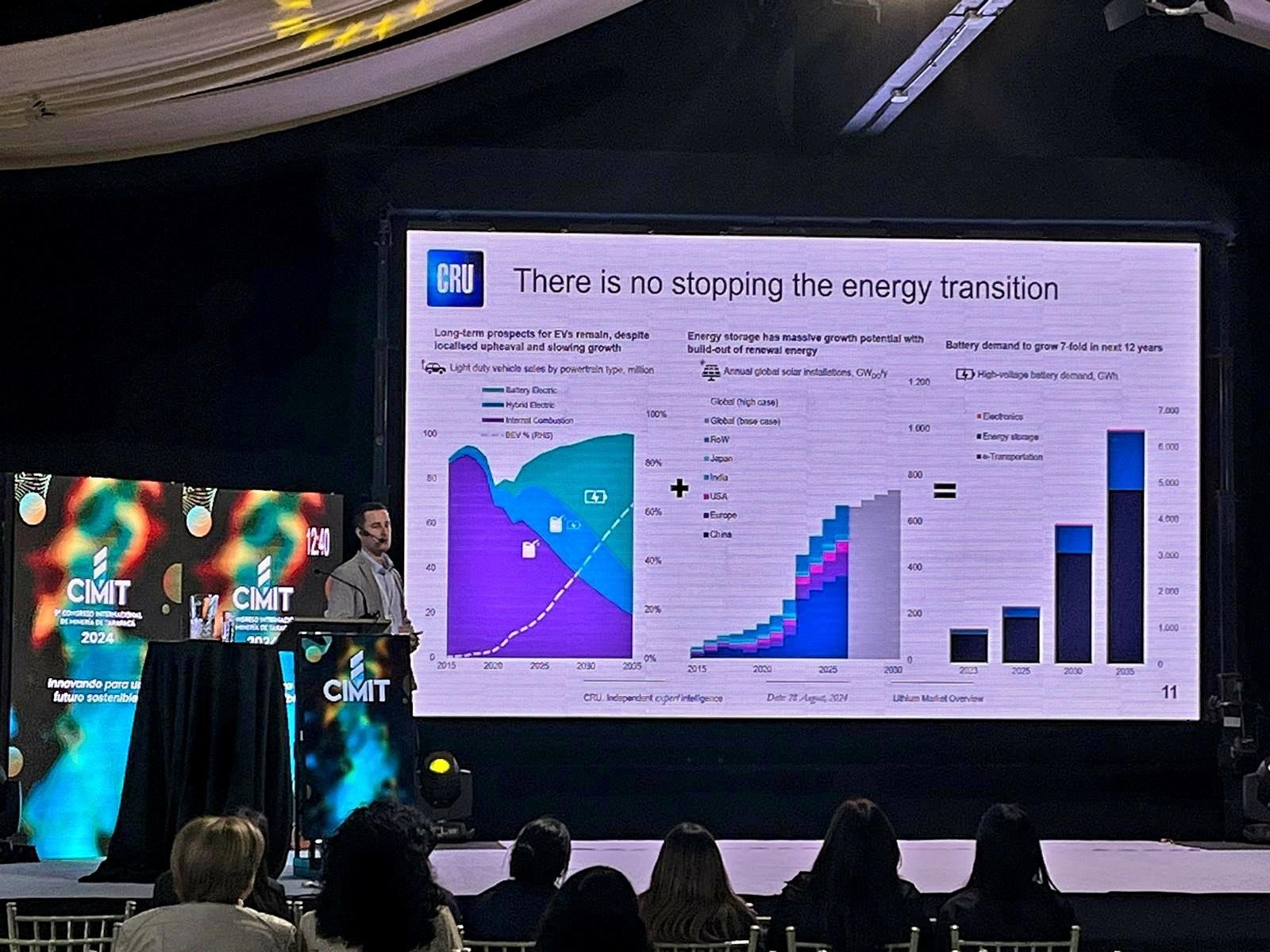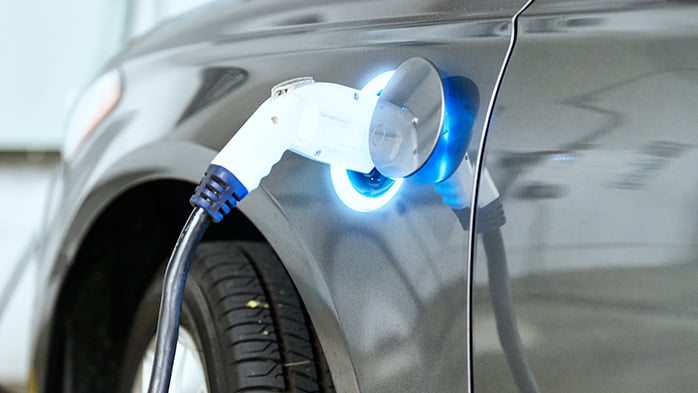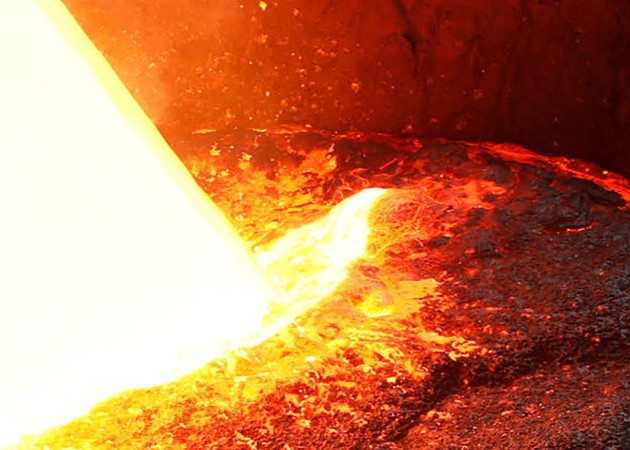- The EU Commission has provisionally announced it will impose anti-subsidy duties on imports of battery electric vehicles (BEVs) from China, raising the import tariff from 10% to up to 48.1%, depending on BEV producer.
- If implemented, these tariffs would substantially impact Chinese exports to the EU, encouraging more localisation and production relocation to circumvent the tariffs, which could boost EU domestic output.
- The higher import duties are expected to raise the price of Chinese-made BEVs sold in the EU, slowing the growth of BEVs in the region. Consequently, some Chinese brands may opt to prioritise other overseas markets or shift to offering other propulsion types in the EU.
We will be conducting a further analysis on the long-term impacts in the coming weeks.
EU tariffs will significantly impact Chinese-made BEV imports
After months of investigation, the EU Commission has provisionally announced it will impose anti-subsidy duties on imports of BEVs from China, raising the import tariff from 10% up to 48.1%, depending on BEV producer. The commission concluded that Chinese car manufacturers benefit from state subsidies, giving them an unfair advantage. If imposed, these countervailing measures are set to have a widespread effect on a range of external and industry-related factors.
EU Commission follows other markets in hiking tariffs
China has consistently criticised the EU’s anti-subsidy investigation – labelling it protectionism and in violation of WTO rules – and vowed to retaliate if imposed. The countervailing duties will be collected from 4 July, with the tariffs applying definitively from November unless there is a qualified majority of EU state voting against the move.
Regardless of whether Chinese automakers do in fact benefit significantly from state aid, given their underlying technical and cost advantages, they arguably pose a threat to domestic manufacturers and to the wider European automotive industry if they continue to simply export from China. The EU is not the only market to hike tariffs on Chinese EVs – several others have done so in recent years to help safeguard their domestic producers.
Chinese BEV brands view the EU as a significant growth opportunity
For several years, Chinese BEV brands have viewed the EU as a key export market, motivated by the bloc’s long-term net-zero targets and ambitious fleet-wide CO2 emission goals, which essentially require all new vehicles sold to be zero-emission by 2035. This creates a significant growth opportunity for Chinese car brands, given their first-mover advantage in the BEV space.
Additionally, several non-Chinese manufacturers have been capitalising on China’s comparatively low costs to build BEVs and export them to the EU. These brands include BMW, Dacia, Tesla and Volvo. Roughly 20% of BEVs sold in the EU last year were imported from China.
Chinese brands have also ramped up exports because their domestic market has become saturated, with intense competition and overcapacity leading to price wars. This has forced Chinese carmakers to look abroad to maximise profits and offset shrinking margins. The fierce competition in China is expected to result in market consolidation. For example, the EV brand Aiways recently decided to exit the domestic market and focus on the European market instead.
Tariffs poised to hit Chinese BEV producer margins
The new tariffs are poised to have a significant economic impact on Chinese BEV exporters. An additional 10% in EU tariffs on top of the existing 10% could cost Chinese EV exporters $1 billion, so a 30% to 50% tariff would potentially total $2–4 billion. This is likely to raise the price of Chinese BEVs, thereby weakening the competitiveness of Chinese brands in Europe.
While this poses a challenge, many Chinese EV producers – such as BYD – are highly profitable and may absorb some of these additional costs. For example, BYD currently imposes a price premium on its BEVs outside of China, with prices around twice as high in some cases. This is a strategic decision to offset shrinking margins in the hyper-competitive Chinese market.
That said, given the high import duty and accounting for vehicle specification upgrades, shipping, and import costs, some Chinese-made BEV automakers are likely to find it more difficult to sell BEVs profitably in the EU. Consequently, they may need to reconsider their product offering, pass on the added costs to consumers, or even opt out of targeting the EU market altogether instead focusing on other markets.
France is a noteworthy example of the effects of a subsidy change on EV penetration. For example, the country has recently introduced a new environmental scoring system that affects a vehicle’s eligibility for electric vehicle subsidies based on its carbon footprint during production, assembly and transport.
This policy has already led to a decline in sales of several BEV models built outside Europe, especially those sourced from China, even as the overall BEV market grew by 22.9% in the first five months of the year. Despite offering discounts, Chinese brands with higher emissions from shipping have struggled with sales, as the policy favours European-built models which are more likely to qualify for subsidies.
European carmakers have had a mixed reaction to the prospect of tariffs on Chinese EVs. German automakers, including Volkswagen Group, BMW and Mercedes-Benz, have urged the EU Commission to avoid imposing tariffs, fearing retaliation, aided by their reliance on the Chinese market. Renault, while not favouring protectionism, acknowledges the need for fair competition. Likewise, nation states have also taken different views, with France championing tariffs, while Germany and Hungary remain in opposition.
Although the proposed tariffs are lower than those imposed by the US, they came as a surprise to the Chinese government and industry, particularly after Xi Jinping's recent visit to several European countries to ease trade tensions. China has warned of retaliation. It may respond by imposing tariffs on imported luxury cars with large engines, affecting German manufacturers like BMW, Mercedes-Benz, Audi and Porsche. They could also target battery supply chain segments such as graphite, or other industries, such as wine and meat, potentially escalating into a tit-for-tat trade war.
BEV growth to slow down in the medium term
If the provisional tariffs are implemented, our forecast for European BEV sales and for Chinese BEV production for exports would be downgraded. Raising costs and prices on low-cost Chinese BEVs would exacerbate the affordability barrier that has held back more profound growth in European markets, several of whom are currently struggling with sluggish BEV sales – especially those without substantial subsidies. It could also hinder the region’s journey to achieve ambitious emissions targets and even prompt further revisions of the EU's 2035 effective ban on internal combustion engines.
While new tariffs could weaken BEV growth, they present an opportunity for Chinese brands to target PHEVs in the region, given that this propulsion type is not included in the additional import tariffs and it is still popular in Europe. However, this strategy may only make sense over the medium term.
Tariffs incentivise greater localisation, reshoring and relocation of BEV production
The new tariffs are likely to further incentivise Chinese OEMs to localise production, especially those that are high-volume manufacturers. This would boost EU output. Several Chinese brands have already announced plans to do so. We expect others, such as SAIC Group – who sold the most BEVs last year in the EU compared to any other Chinese brand and now face the highest tariffs – to follow suit. This strategy would allow Chinese brands to bypass the tariffs, and unlike the US, European countries by and large are open to this inward investment.
The policy could also prompt European carmakers to reshore operations. Volvo is shifting production of the Volvo EX30 from China to Belgium for the European market. While Volvo cites production flexibility and a strategy to build where it sells as reasons for the move, sources suggest the impending tariffs played a significant role. Other carmakers could make similar decisions, leveraging sister brand plants or localising production after retooling existing plants or in line with new model generation launches. For example, Mini plans to move production of the Aceman and Cooper from China back to Oxford by 2026.
Additionally, automakers might relocate BEV production to facilities outside of China but not in the EU, where trading relationships with the EU are more favourable. This strategy could serve as a short-term solution until they can build local capacity. It may also serve as a long-term option for automakers who either do not plan to localise in the EU or have spare capacity in existing plants elsewhere.
In summary, if imposed, this policy is poised to significantly influence the dynamics of the BEV market in the region. It will affect trade relationships, regional BEV adoption rates and production strategies in both China and the EU. Chinese-made OEMs who export BEVs to the EU will need to evaluate whether to continue production in China, localise or reshore to the EU, relocate production, re-strategise or exit the EU market entirely.
The full impact on the automotive and battery value chain will be assessed in the coming weeks, with a more comprehensive analysis to be published soon.

